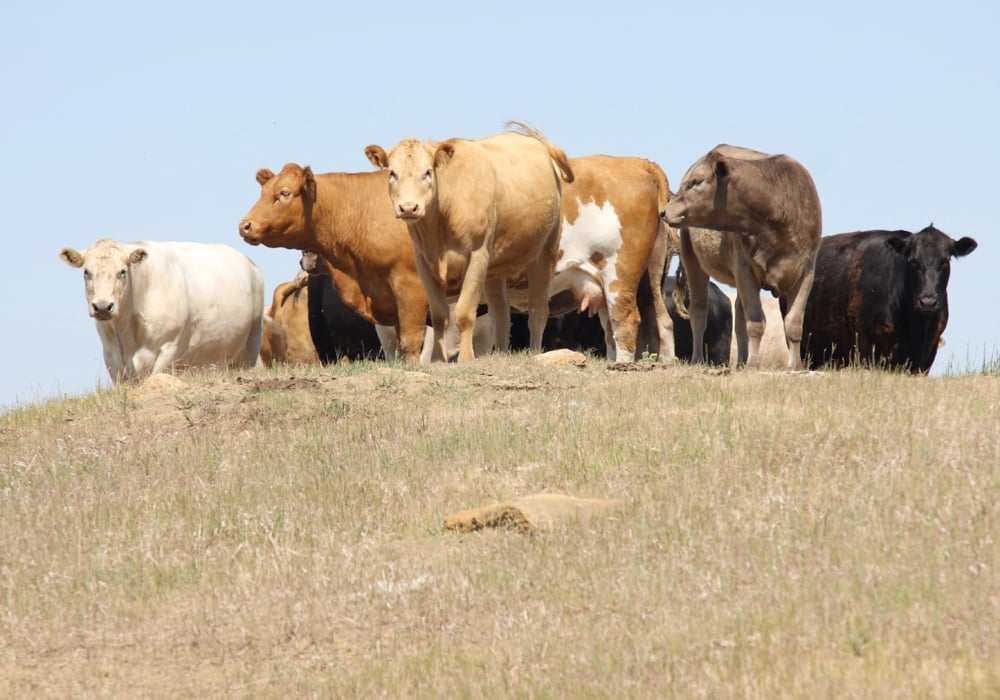Alberta isn’t waiting on the outcome of negotiations with the federal government for an AgriRecovery cost-sharing agreement and is drafting eligibility requirements for livestock producers to access assistance for feed.
In an open letter to stakeholders dated Aug. 21, Alberta Agriculture Minister RJ Sigurdson reiterated the challenges faced by all livestock producers to source feed this year because of the hot, dry weather, wildfires and grasshopper infestations.
Sigurdson wrote that the province continues to work with the federal government and is emphasizing the need for a joint response to the situation, but he states the province is drafting requirements for the anticipated program. That program will offset extraordinary costs for feed.
Read Also

Final crop reports show strong yields, quality
Crops yielded above average across the Prairies this year, and quality is generally average to above-average.
“For example, extraordinary costs may include feed and transportation costs related to hauling feed or animals,” stated the letter, adding that an update will be provided in mid-September.
Cypress County cattle producer and chair of the municipality’s ag service board, Dustin Vossler, said feed costs will likely exceed those seen during the 2021 drought.
“If (the province) comes up with something comparable with what they had in previous years, it helps. It’s not going to pay for a bunch of feed but at the end of the day, anything is better than nothing,” he said.
Cypress County is one of 19 rural municipalities that have declared states of agricultural disaster this year.
Feed availability is expected to be strained across the West this year as livestock producers between British Columbia and Manitoba struggle to maintain feed crops.
Vossler said there is a desperate need for feed and any assistance will be welcomed, especially “for the guys who have nothing.”
The 2021 Canada-Alberta Livestock Feed Assistance Initiative saw support payments of $94 a head for breeding stock to help maintain cattle inventories following that year’s devastating drought.
Vossler said Montana producers have fared better and likely have feed available, but costs will be high.
“But with our dollar being as poor as it is and trucking costs, a lot of guys are saying if they have to pay $300 a ton for feed, I might as well just sell my cows. The economics are getting so poor…. Even with calf prices being as high as they are this year, the return on investment isn’t there when feed is worth as much as it is,” said Vossler.
He said pastures still haven’t recovered from the 2021 drought, which has worsened the situation.
Alberta Beef Producers board finance chair Fred Lozeman welcomed the move to prepare program eligibility for a feed assistance program.
“I think the broad stroke issues I’d like to see AgriRecovery cover are: can we support the producers that need support? Can we do it relatively quickly? And how are we going to do it?” said Lozeman.
“You better get started drafting something so that if they say yeah, you’ve got something in front of them and say here’s the start.”
Cattle producers in Alberta and across the West have had to make tough management choices this year, and it could further diminish national cattle inventories, which have trended downward for two decades.
“It’s a bit troubling as a producer to keep hearing about reduced cow numbers and seeing and hearing about producers deciding to exit and liquidating their herds,” said Lozeman.
While market prices may remain more stable as supply dwindles and demand is forecast to grow, a poorly maintained national herd could threaten the industry.
“This may hurt the industry as a whole if we continue to see dropping cow herd numbers,” said Lozeman. “I don’t think we want our industry to shrink that much…. I don’t know where that critical number is but certainly, as a producer myself and representative for others, you want to maintain a vibrant industry. When you have declining numbers, it’s not really a sign of a thriving industry.”
In addition to cattle, Sigurdson stated in his letter that feed assistance will likely also include other grazing livestock, including elk, bison, alpacas, sheep and goats.
















